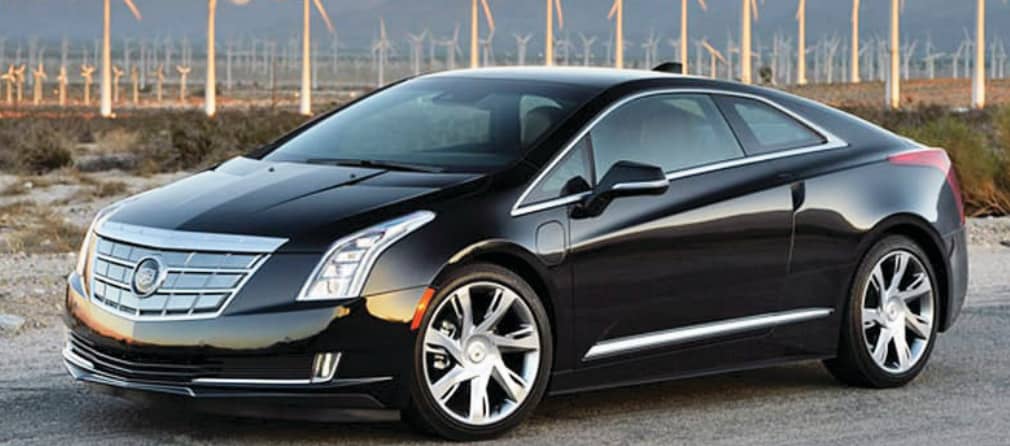On Sept. 1, temperatures in Death Valley reached an astounding 127 degrees, breaking the world record for the hottest temperature ever recorded in September. The rest of California isn’t suffering the same fate, but it isn’t exactly safe from excruciating heat either. Following the Death Valley event, Governor Gavin Newsom declared a state of emergency, reminding residents about the grave reality of the climate crisis and emphasizing the need for urgent action on global warming.
However, California’s latest energy policy, which aims to ban all gas-powered cars by 2035, seems anything but urgent. Unfortunately, it seems to be nothing more than another half-baked energy policy that fails to deliver sufficient results in a fast enough time. California’s latest climate goals aren’t enough to combat the disastrous climate crisis and should be replaced by more ambitious and better-planned initiatives. The most obvious issue with the new policy is its time frame. The widely-accepted Paris Agreement aims to limit global warming by 1.5 degrees Celsius. According to Imperial College London, this goal is only possible if global emissions peak within the next few years and decline rapidly until halving by at least 2030. On the other hand, California’s gas car ban doesn’t make an impact until 2026, when only 35% of new vehicles would be required to produce zero emissions.
New energy policies need to be far more ambitious because every 10th of a degree of warming beyond 1.5 degrees drastically increases the number of people exposed to unpredictable and deadly natural disasters. The price tag to bring emissions back down also grows considerably with each increase. The world is already seeing the consequences of not doing enough, including the water crises in Mississippi and China and the excessive heat and fires across Europe earlier this year. California’s decision to wait until 2035 is far too lax and blatantly ignores the severe consequences of not aligning with the Paris Agreement’s goals.
The final problem is that the policy fails to lay any plan for the transition to electricity. California would need to build hundreds of thousands of charging stations across the state for the plan to work, yet the ban doesn’t provide any money to make this possible. Furthermore, apartment landlords would be reluctant to provide chargers to tenants, and not all of them would be able to charge their cars in the same space. The policy also poses a considerable burden for low-income Californians. Battery-powered cars remain relatively expensive; even the cheapest ones run close to $30,000, which is nearly half of the average median salary in Los Angeles.
Junior Guy Carter said, “It’s ridiculous that California is forcing its population to throw their gas cars away and spend thousands on electric ones. How do they expect to transition all modes of public transport to electric types that don’t even exist yet without providing any money to do so?”
However, junior Kabeer Nayyar said the policy has some strengths: “I think the policy is an overall good because there will surely be enough innovation by 2035 to make more affordable cars like the Prius fully electric, which would eliminate the issue of high pricing. More importantly, California’s high emission rates will be cut down significantly, keeping our planet safe and healthy for ourselves and our children.”
The people in power have a responsibility to start fixing the problems that their generation created. Banning gas cars will benefit the environment and is a step in the right direction, but our steps need to be far more bold and ambitious. Despite current measures being taken, California is still unprepared for the incoming climate crisis.







Comments are closed.